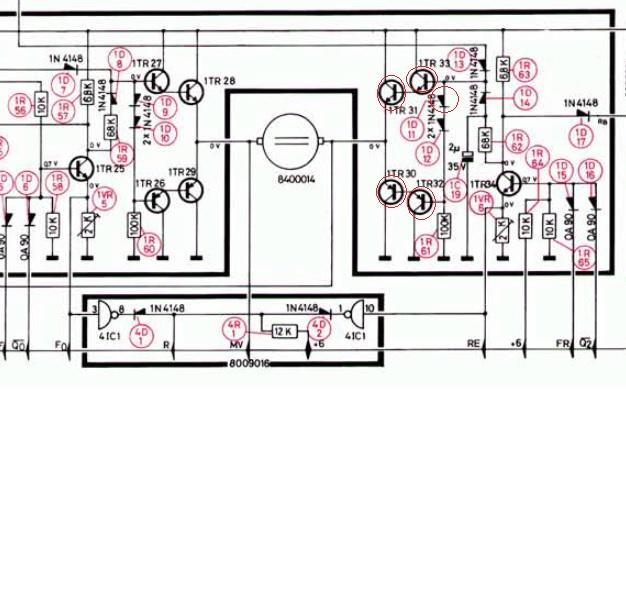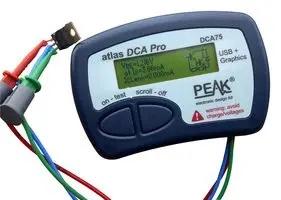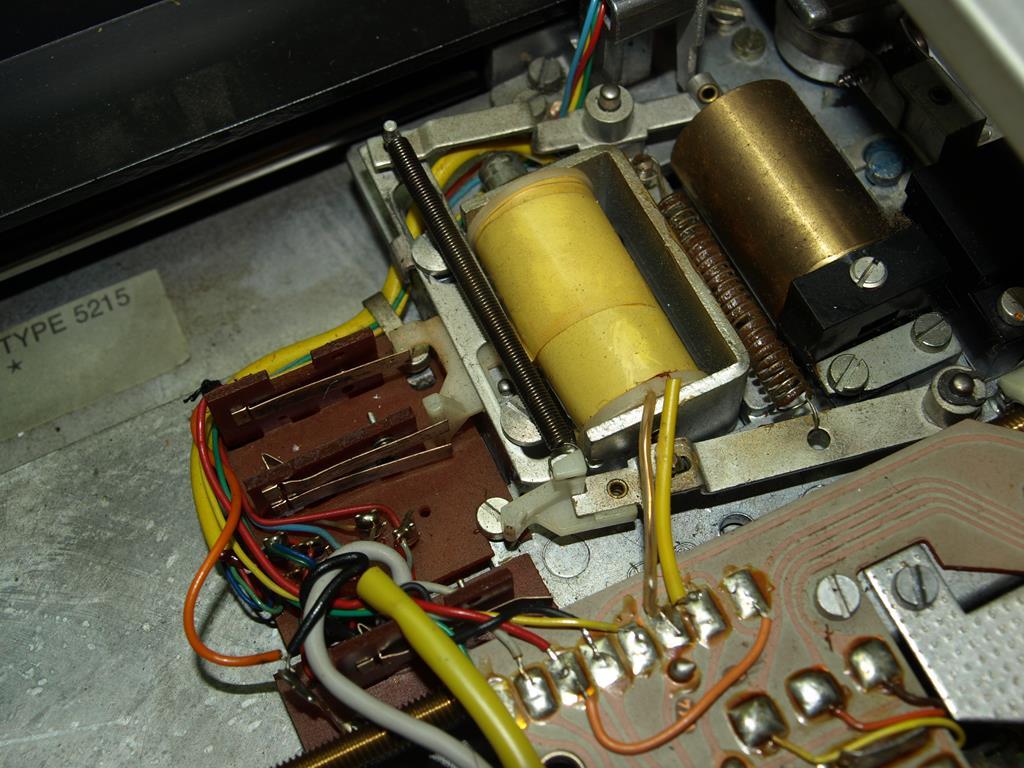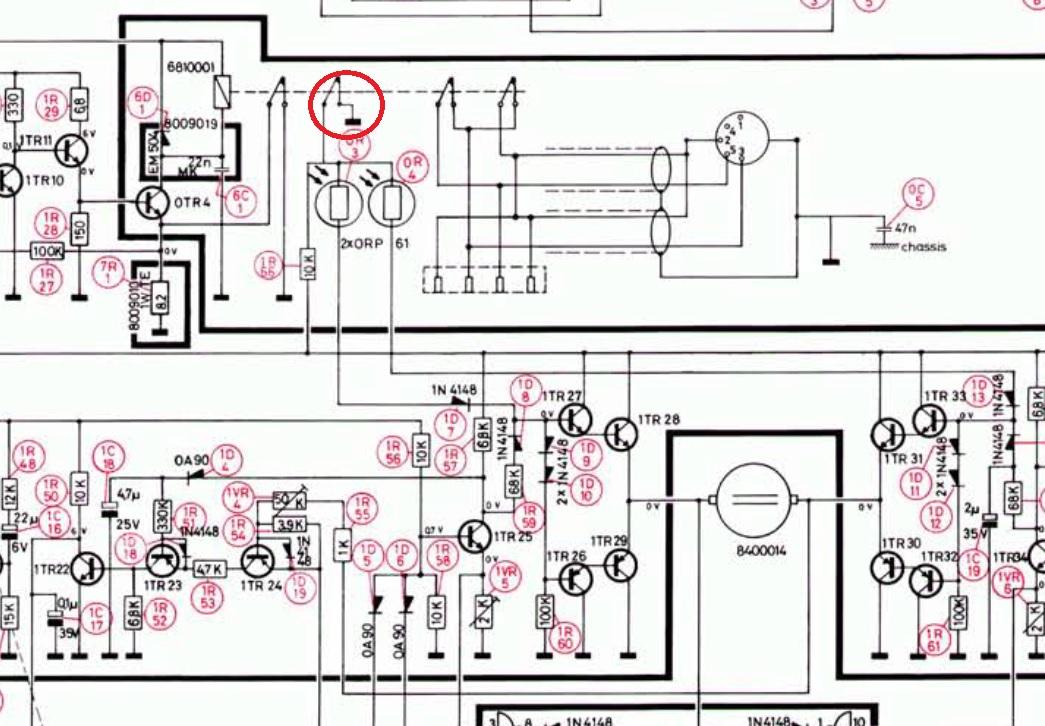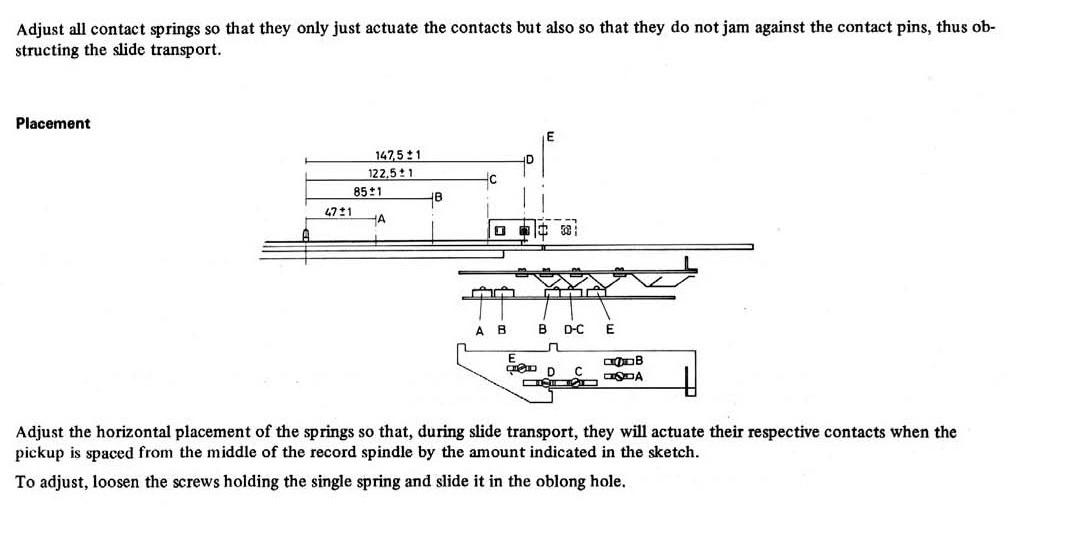Forum Replies Created
-
AuthorPosts
-
hcraig244
SILVER MemberAlf
The service notes say “speed switching (33-45rpm) is performed by altering the values of R1 and R2 so that the oscillator frequency will be approx 42 and 59hz respectively” seems to me if everything works fine on 33rpm that the oscillator is working fine, could be wrong of course…….have you checked the trimmers and associated solder connections?
Craig
hcraig244
SILVER MemberSend me a picture ?
hcraig244
SILVER MemberDillen (Martin) from this site is your man……he can supply the correct lamps for you, send him a line.
hcraig244
SILVER MemberJust spotted this post justin, picked up a chest infection from soewhere ;¬(
The tone arm dropping sharply sounds like not enough dampoing, try winding the srew in very slightly…..and I would check out the down switch contact…..if its playing up the tone arm will dot stay up when ^ is pressed
hcraig244
SILVER MemberFound this in a 2012 – 2022 archived post “justins BG4000”
Powered up and this is what transpired:
unit sat powered up with no actions
upon hitting Start the platter drive started up at 33rpm
the panel ilumination lamps came on
the 33rpm speed selector lamp cam on
However the transport drive motor didn’t run, I could change the speed from 33rpm to 45rpm but no other functions responded. Time to look at the circuit diagrams……This is what I found….the following components where shot:
1D11 Diode
1TR33
1TR31
1TR30
1TR32
All of the components on the opposite side of the motor tested good.
hcraig244
SILVER MemberYou may consider checking out diodes 1D8/1D14 also, you could also try exchanging the inboard drive transistors with the outboard drive transistors one at a time and testing as you go….if it is a failed transistor you will get to a point where you lose inboard and gain outboard travel.
I invested in one of these…….it has been a very usefull tool over the years, can test transistors and diodes
hcraig244
SILVER MemberRead on through section 3.21….this gives a full description of the three functions associated with the drive for the transport system, you should be able to test the voltage levels at the associated transistor points when the control panel switches are operated, the notes are a little truncated and “solder ron” may be able to fill in the missing information as they where kindly donated by him.
Craig
hcraig244
SILVER MemberSorry…..i misunderstood your problem, didnt realise everything was fine when playing a record.
hcraig244
SILVER Memberhcraig244
SILVER MemberOk…..check this set of switch contacts also…I know i keep banging on about switches but if nothing else you will eliminate them from the search. If these contacts dont operate your motor wont operate as a servo, the contacts should open when the solenoid energises.
hcraig244
SILVER MemberA very high percentage of problems experienced with these decks result from switches, either on the control panel or the transport slider. A switch out of position be it open or closed will play havoc with the boolean logic control gates, I have chased my tail for weeks trying to locate a problem that turned out to be nothing more than an intermittent sticking contact on a transport slider switch……an issue that had been identified as a possible cause by Dillen at the outset….however as it was intermittent when I tested the switch it worked fine…turned out that the silicone grease i had blobbed onto the plastic nipples (which I thought would help keep them free) was causing them to bind due to the viscosity……thorough cleaning and has worked fine since…….I’m rambling I know ;¬)
Craig
hcraig244
SILVER MemberOk…..start by checking the switch contacts on the carriage transfere mechanism, sounds like this unit has been stood idle for a while, they are a little awkward to get at but sounds to me they will need cleaning even if they are not responsible for your problem. Dont adjust any of the position screws.
Craig
hcraig244
SILVER MemberDont force it…..let it soak, WD40 isn’t popular on this site (I think the popular term for it is snake oil ) De Oxit is the cleaner of choice, however i would go for something like 3 in one penertrating oil…..leave it overnight.
Craig
hcraig244
SILVER MemberRead/view this rom beolover
hcraig244
SILVER Memberhcraig244
SILVER MemberAre both your tuning lamps working fine?
hcraig244
SILVER MemberWhere did you get that lovely Beo Hub board from? I did have to replace a reed switch and a blown transistor on mine (TR6 I think?).
I have also had to replace the reed switch on a couple of these units, usually after i have invertedly grounded the 6vdc circuit…..its happened a couple of times when the carriage slide has moved too far in when i have been testing with the slider switches removed (schoolboy error)…..
hcraig244
SILVER MemberYou haven’t said if your measuring a voltage drop when the volume falls down….have you monitored this yet…i so is it falling off?
If you upgrade your membership to silver you will have access to the service manuals for mostly every B&O amplifier available…….
hcraig244
SILVER MemberFirstly….is the existing fuse blown? no need to replace it if its good….I would buy a couple because often when you take these out the end cap becomes detatched and the fusewire pulls out of the glass holder, the fuse is 0.4A and sits in approx 14vac circuit.
The high temperature that has discoloured the yellow sleeve is heat generated from the voltage regulator circuit 2D4 (ZF6.8) 2R22 and 2TR6…..the fuse isn’t responsible for generating heat, this discolouration is very common as the regulator circuit does run hot…before you reconnect the fuse check you have the approx 14vac measured between the blue wire connected to the fuse and the blue wire connected to the PCB just above the rectifier…..this will confirm you transformer is giving the required voltage.
Craig
hcraig244
SILVER MemberMade a mess of that…..the table shows the voltages that should be present at TP14 for mute on or off.
-
AuthorPosts

